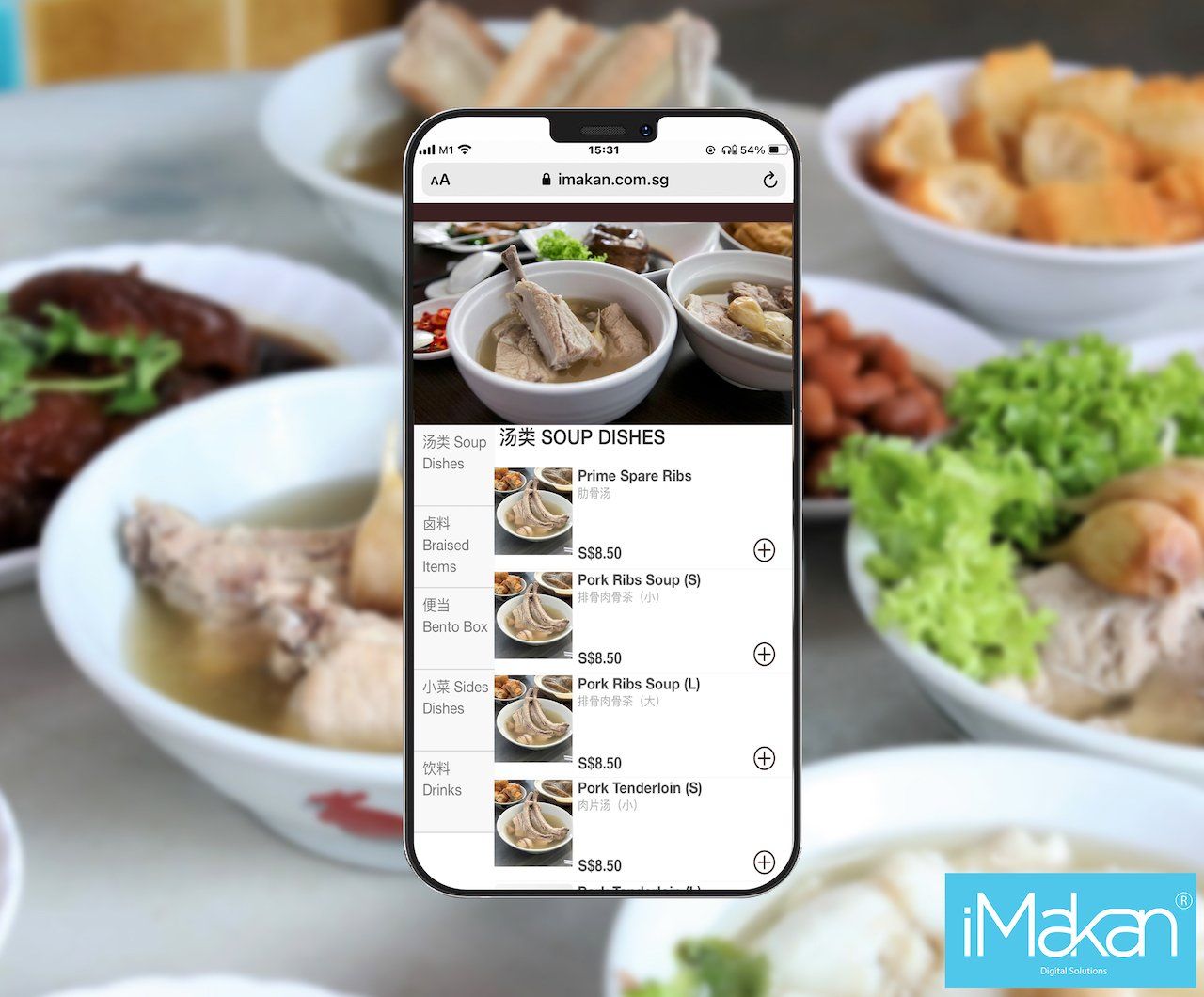
COVID19 has pushed many restaurants to take up QR ordering in order to help with the manpower shortage, to reduce contact between staff and customers and to do away with physical menus that require sanitizing after each use.
Restaurant owners like yourself are always thinking of ways to flourish and earn good profit. In order to do so, your restaurant must have an efficient order taking system that enables customers to place orders at their convenience. A QR ordering system streamlines and quickens the food ordering process. A robust QR ordering system can help in enhancing the speed and efficiency of service and improve customer satisfaction. Increased service efficiency ensures more table turnovers, resulting in higher revenues.
You as a restaurant owner may be excited to jump on the bandwagon and enjoy the benefits of ordering automation so in order to help your choose a right QR ordering system for your restaurant. Hence, we have listed below some key areas to take note when shopping for a QR ordering system!
Define the needs of your restaurants
Every restaurant has its own operational needs. It is important to find out what your own restaurant’s operational needs are, as each restaurant is unique. A good QR ordering system gives you the option to make changes that are specific to your restaurant to boost its ordering productivity.
Ordering and payment flow options
Order first, pay later
Most restaurants adopt an order first and pay later operation flow which your QR ordering system should be able to handle. On top of that, to ensure order and billing security, your QR ordering system should be able to generate dynamic QR codes that deactivates once the customer has been billed, preventing “ghost” orders (dine-in customers sharing the QR code with others who may place an order when they are not present) from happening.
Order and pay first before dining
Casual dining restaurants usually adopt this usage flow, where customers place orders and make payment first, before their orders are prepared. With this flow, your QR ordering system should allow your customers to choose online payment methods, saving them the hassle of queuing at the counter before to make a payment. This also encourages customers to add on orders as and when they want to as they can conveniently order and pay through their smartphones.
Delivery & Self Collection Options
Delivery and self-collection orders have been picking up for restaurants recently. This could be attributed to the circuit breaker period where people are restricted from dining out and could only order online for delivery and self collection. Post circuit breaker, this has become a habit for many consumers.
Hence your QR ordering system should be able to handle delivery and self collection orders. A good QR ordering system allows you to link up the ordering URL to your website or social media, and automates delivery driver assignment for you, should you choose to use a third-party food delivery service.
User-Friendly Interface
The importance of a user friendly ordering interface cannot be emphasised enough. Any IT product has to be user friendly to appeal to its target users. QR ordering systems included. A user friendly interface helps your customers understand your menu better and encourages them to order more through strategic add on suggestions and appetising images.
On the contrary, if your QR ordering system does not have a user friendly interface, your customers will either give up using it and ask for a physical menu, or they will be frustrated with the QR ordering system which reduces customer satisfaction.
Getting QR Ordering System
If you are looking for a QR ordering system, drop us your contact details below and we will be happy to arrange a free demo of our QR ordering system which has helped many F&B restaurants and establishments boost their restaurant’s ordering efficiency and service speed.











